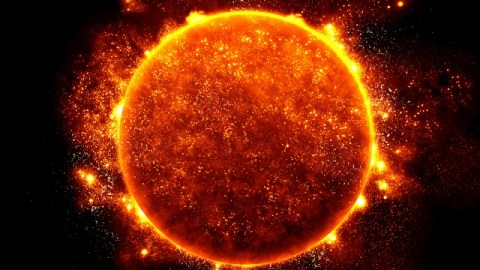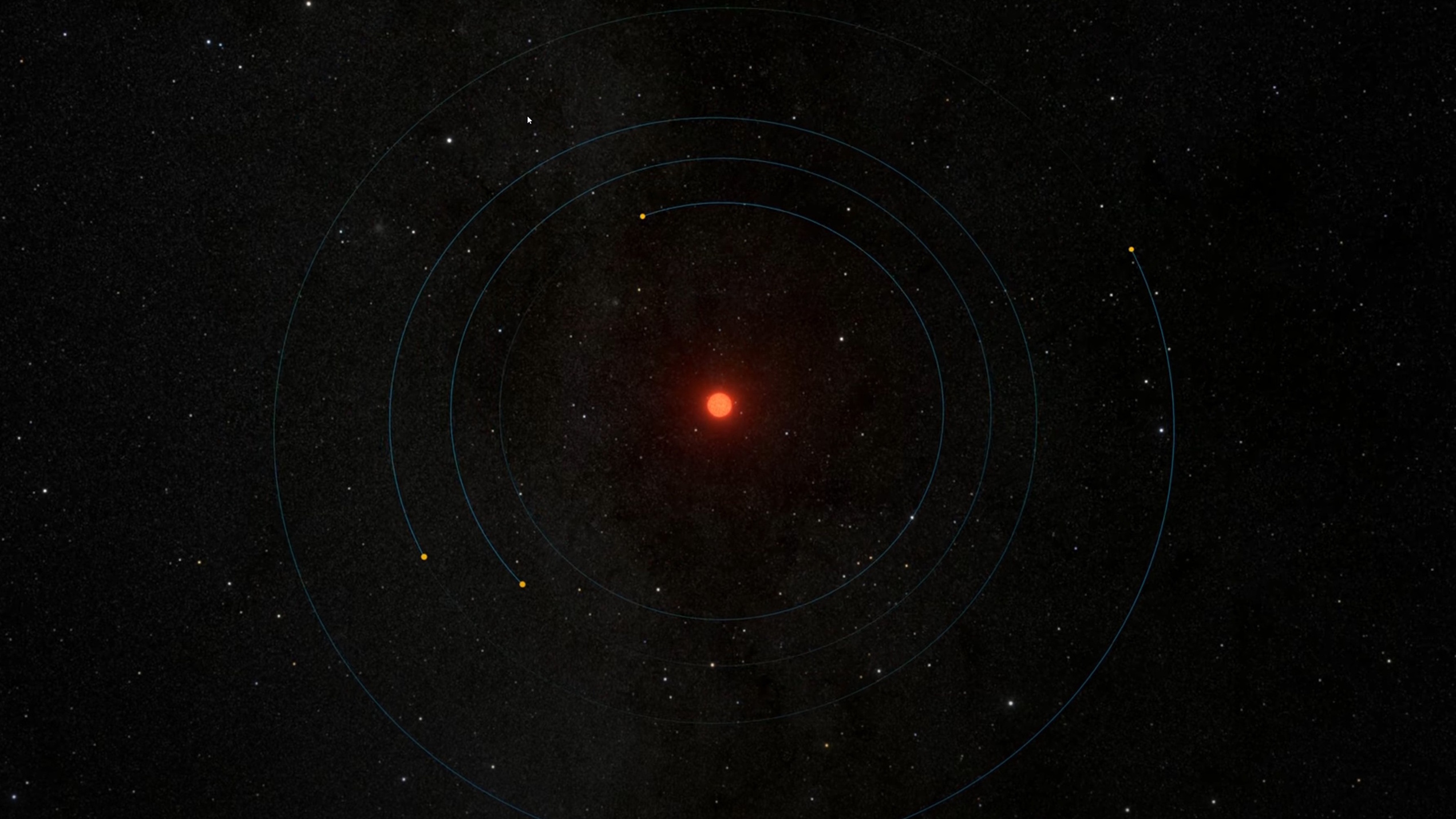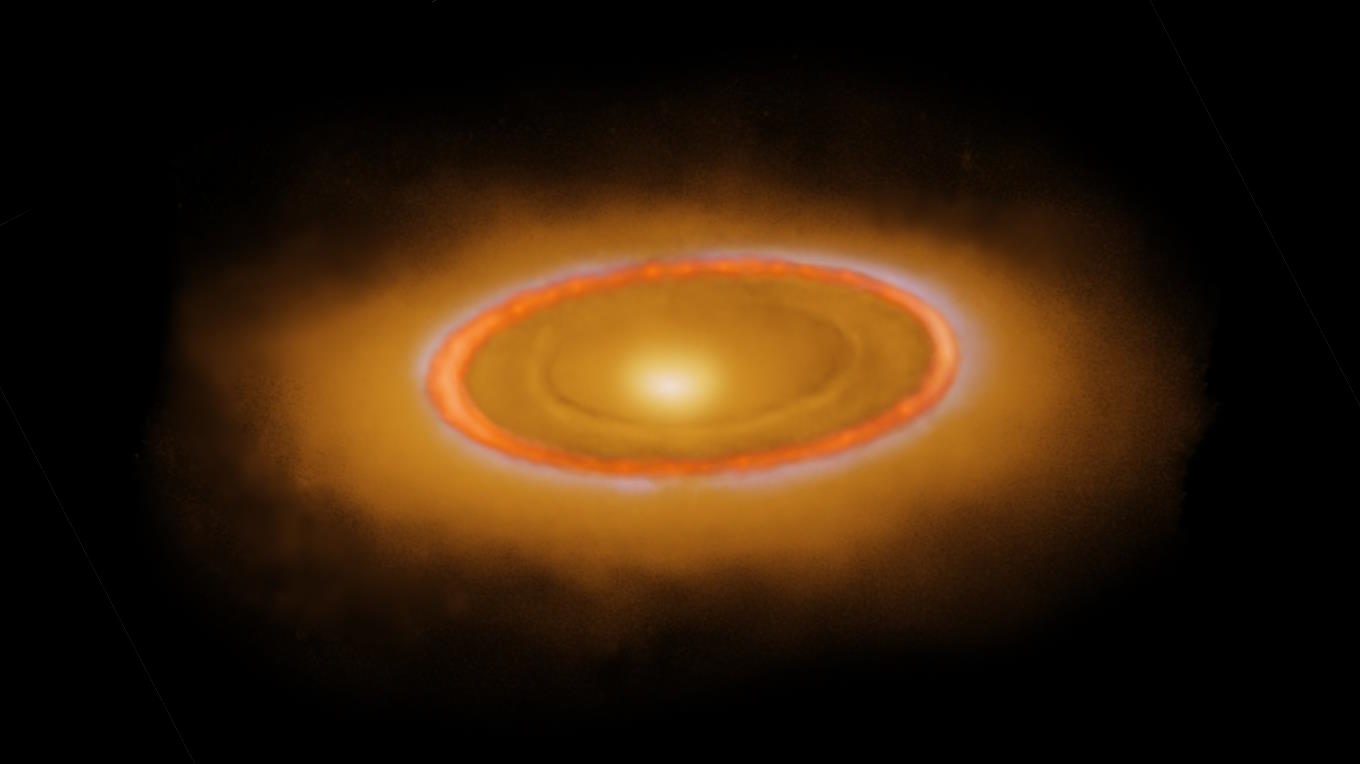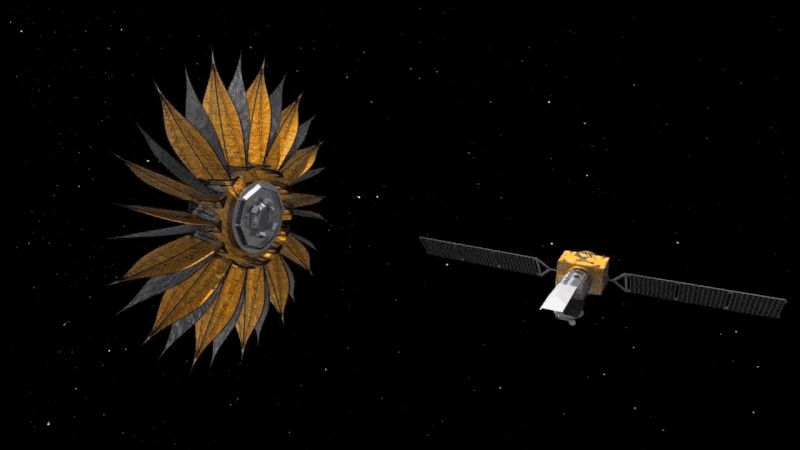Oldest-Known “Solar Twin” Gives Hints Of Our Sun’s Future

What’s the Latest Development?
Thanks to “superb-quality spectra” from the European Southern Observatory’s Very Large Telescope (VLT), astronomers have discovered a star that represents the oldest-known “solar twin.” HIP 102152 resides about 250 light-years away, in the constellation of Capricornus, and at 8.2 billion years old is almost 4 billion years older than our sun. A paper describing the new discovery will appear in a forthcoming issue of Astrophysical Journal Letters.
What’s the Big Idea?
Researchers have long sought out solar twins to help them determine whether our sun is unique. However, very few have been found since the first one was discovered in 1997. Like other twins, HIP 102152 has many of the same characteristics, but its age helps confirm some theories about our sun’s future. For example, says paper lead author TalaWanda Monroe, the amount of lithium in both stars is appropriate for their respective ages, proving the connection between the element — one of the first to be created during the Big Bang — and the age of such stars. Even more interesting is the fact that the two stars share other common element deficiencies. In our solar system, some of those missing elements are on Earth, which suggests the possibility of one or more “terrestrial twins” orbiting HIP 102152.
Photo Credit: Shutterstock.com





